Nothing found
Apologies, but no results were found. Perhaps searching will help find a related content.
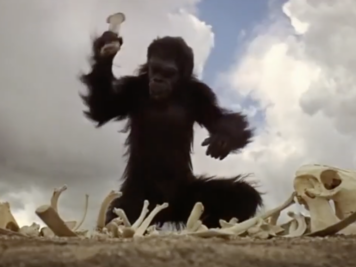
Once again, on the subject of why we can’t have the keys to the Cosmic Ferrari… I am preparing a presentation for a conference in North Carolina in June. Consider this the...
Read More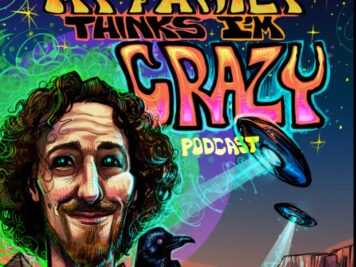
As you all know by now, it has been my privilege to be interviewed on several podcasts over the past few months, finally fulfilling my lifelong delusion that someday, somebody might think I have...
Read More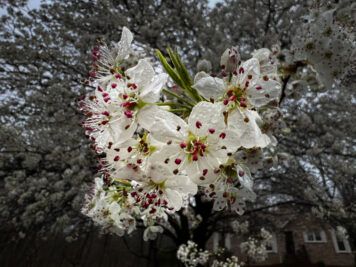
Just a few days later… This morning, the Bradford Pears are fully bloomed. In fact, on some of the trees in the neighborhood, the blossoms had already fallen and been replaced by their green...
Read More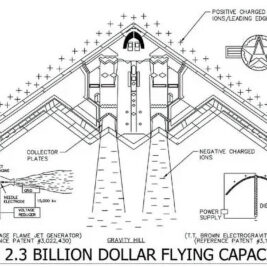
Thanks to Jesse Michels (@AlchemyAmerican) for my first “joint appearance” with @joerogan and @iamnickcook as we all speculate about the deployment of the Biefeld-Brown effect in the B2 Stealth...
Read More
Winter: it’s the season that goes on as long as you can possibly endure it* … and then it goes on a while longer. Apparently the Bradford Pear trees up the street from me have not gotten...
Read More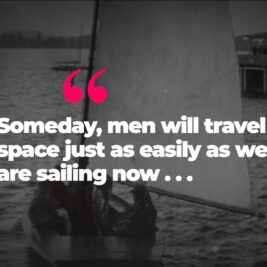
OK, this might actually be some kind of big deal. A few months ago, I wrote about going out to Los Angeles to spend an afternoon with Jesse Michels about the Townsend Brown bio. This evening, Jesse...
Read More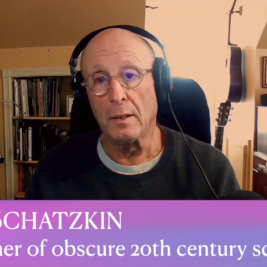
Well kids, I’m at it again. It’s actually been a couple of months since I recorded this. The producers took their time adding some visual effects to the YouTube version above, and it was...
Read MoreApologies, but no results were found. Perhaps searching will help find a related content.